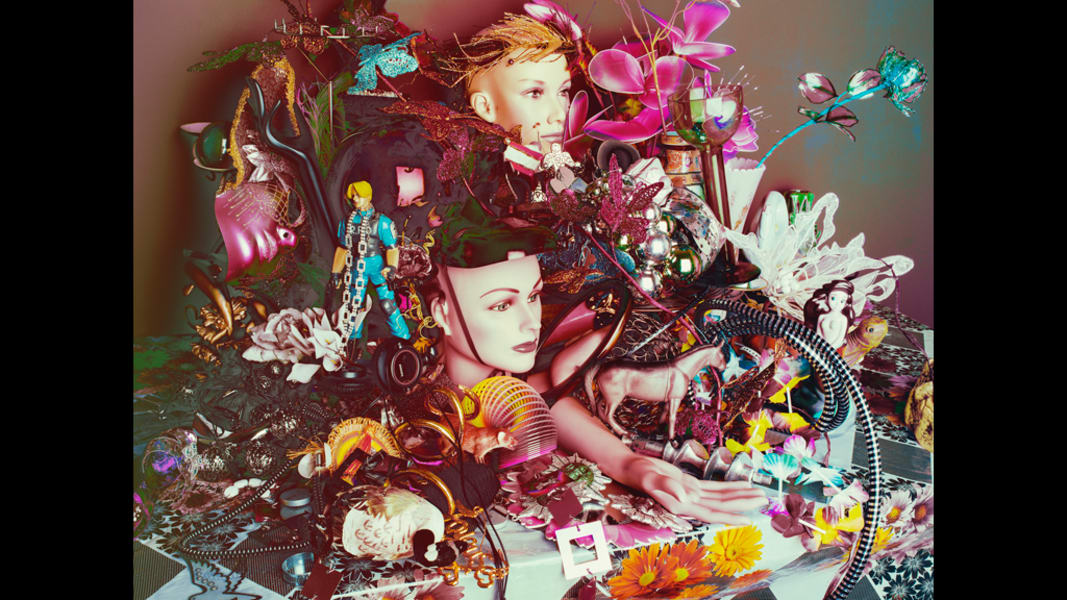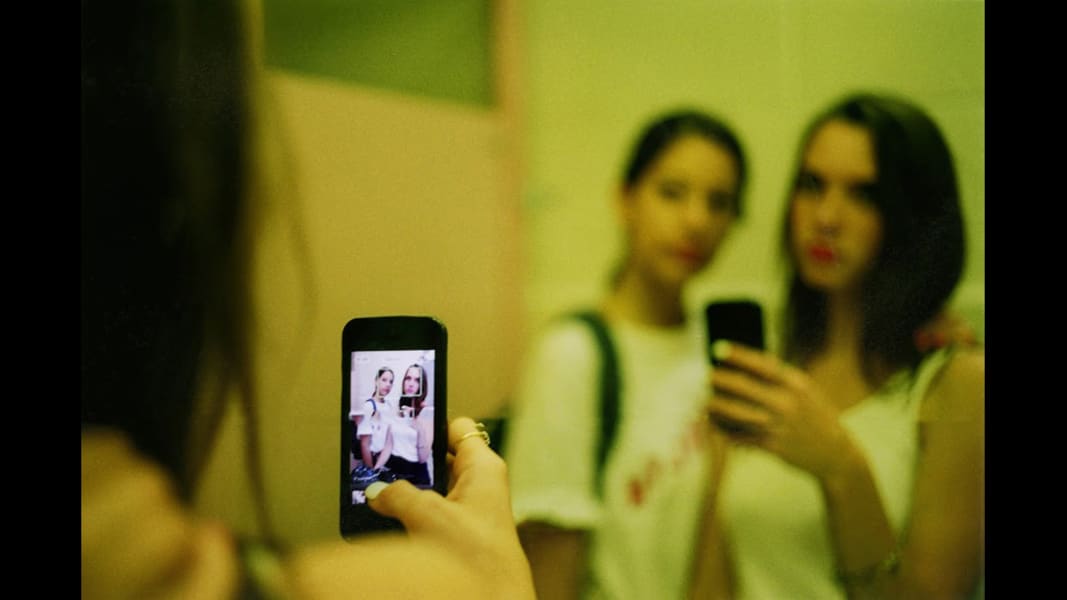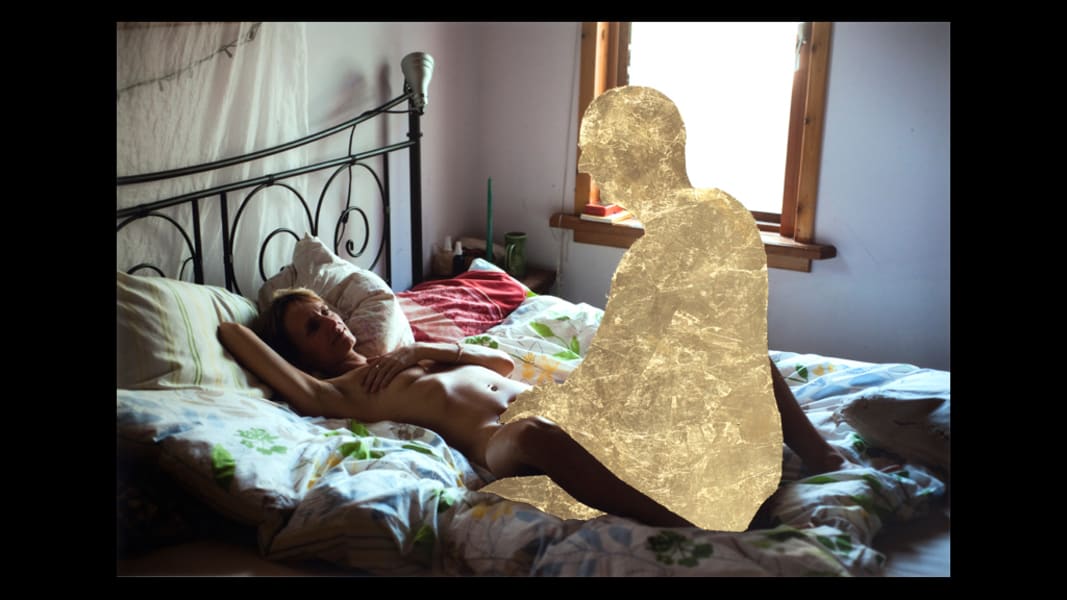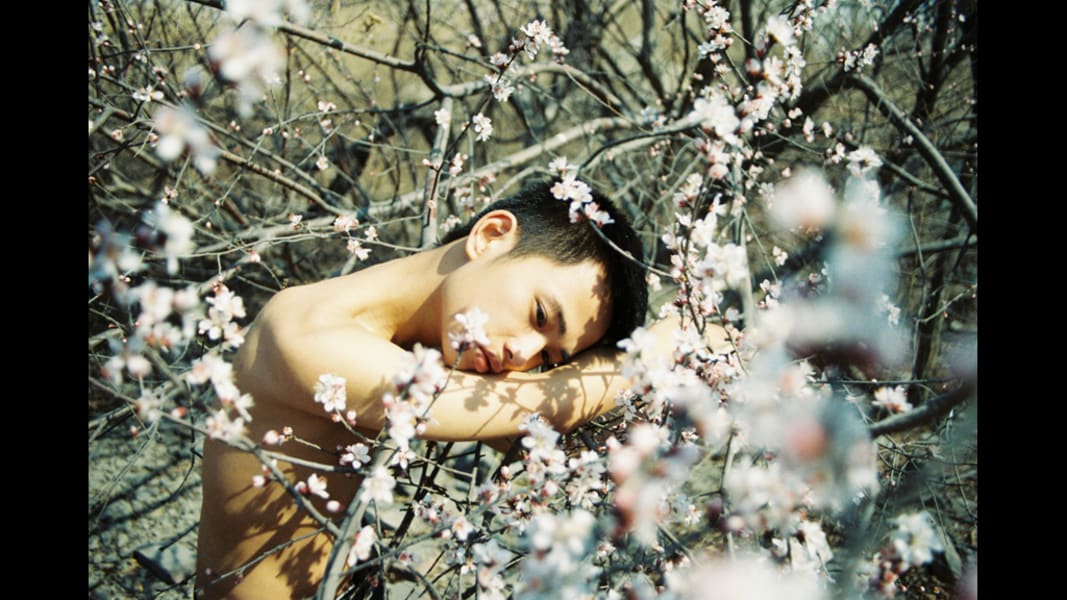World
A peek inside Paris Photo 2014, Europe's most prestigious photography festival
Published 1115 GMT (1915 HKT) November 19, 2014
Share


1 of 10
Still Life with mirror (14020701) by Valérie Belin, 2014
It's not often that you find politicians milling around the historic Grand Palais with actresses, designers and artists, but such was the case at this year's Paris Photo, Europe's biggest and most prestigious photography fair. The fair attracted the likes of Jane Birkin and Natalie Portman, along with almost 60,000 visitors looking to witness the who's who of modern photography.
"I think it was the best year by far," says Julien Frydman, who has been director of Paris Photo since 2011. "There's been unanimous consensus about the level and quality of the presentation by the galleries."
By Allyssia Alleyne, for CNN Courtesy Galerie Nathalie Obadia, Paris/Bruxelles
It's not often that you find politicians milling around the historic Grand Palais with actresses, designers and artists, but such was the case at this year's Paris Photo, Europe's biggest and most prestigious photography fair. The fair attracted the likes of Jane Birkin and Natalie Portman, along with almost 60,000 visitors looking to witness the who's who of modern photography.
"I think it was the best year by far," says Julien Frydman, who has been director of Paris Photo since 2011. "There's been unanimous consensus about the level and quality of the presentation by the galleries."
By Allyssia Alleyne, for CNN Courtesy Galerie Nathalie Obadia, Paris/Bruxelles
Night Explosion by Shirley Wegner, 2013
Paris Photo was founded in 1996 to connect international galleries with collectors and museum acquisition teams. This year, the fair featured 143 galleries from 35 countries, and was attended by major players from institutions like London's Tate Modern and the Museum of Modern Art in New York. But Frydman is most pleased with the 10 percent increase in general attendance, though he doesn't find the public's interest in photography at all surprising.
"This is the medium of the 21st century," he says. "We are now generations that have grown with images around us." Courtesy Shirley Wegner and Farideh Cadot Paris
Paris Photo was founded in 1996 to connect international galleries with collectors and museum acquisition teams. This year, the fair featured 143 galleries from 35 countries, and was attended by major players from institutions like London's Tate Modern and the Museum of Modern Art in New York. But Frydman is most pleased with the 10 percent increase in general attendance, though he doesn't find the public's interest in photography at all surprising.
"This is the medium of the 21st century," he says. "We are now generations that have grown with images around us." Courtesy Shirley Wegner and Farideh Cadot Paris
Golden Boy by Sarah Anne Johnson, 2013
"There's a transformation that's been happening. It's a very democratic form of art where people can relate to the work in multiple ways," he adds. "We're all in a (relationship) with images on a daily basis, but we know that it's different to be confronted with a work of art." Courtesy Stephen Bulger Gallery
"There's a transformation that's been happening. It's a very democratic form of art where people can relate to the work in multiple ways," he adds. "We're all in a (relationship) with images on a daily basis, but we know that it's different to be confronted with a work of art." Courtesy Stephen Bulger Gallery
Land Scape Kings Dominion by David LaChapelle, 2013
For many visitors, Paris Photo is a rare opportunity to see works from renowned photographers in person. Commercial photographer David LaChapelle, who is known for his vibrant, colorful celebrity and fashion images, was one of many household names on display. © David LaChapelle, Courtesy Galerie Daniel Templon, Paris
For many visitors, Paris Photo is a rare opportunity to see works from renowned photographers in person. Commercial photographer David LaChapelle, who is known for his vibrant, colorful celebrity and fashion images, was one of many household names on display. © David LaChapelle, Courtesy Galerie Daniel Templon, Paris
Because the Night by Richard Mosse, 2012
Though galleries are welcome to apply to Paris Photo up to nine months in advance, the final program is decided by a jury of representatives from top galleries. The process is exclusionary by nature, but Frydman says this is key to maintain the fair's quality, and to attract immense crowds and discerning buyers.
"They know, because the galleries (on display) have been selected by a committee of galleries, that what is being shown is the best of the medium. This is the unique equation to have the largest understanding of what is available on the market for photography today." Courtesy Richard Mosse and carlier | gebauer
Though galleries are welcome to apply to Paris Photo up to nine months in advance, the final program is decided by a jury of representatives from top galleries. The process is exclusionary by nature, but Frydman says this is key to maintain the fair's quality, and to attract immense crowds and discerning buyers.
"They know, because the galleries (on display) have been selected by a committee of galleries, that what is being shown is the best of the medium. This is the unique equation to have the largest understanding of what is available on the market for photography today." Courtesy Richard Mosse and carlier | gebauer
Gare St. Lazare, Henri Cartier-Bresson, 1932
Deciding who to feature is more challenging than just selecting what looks good, according to Frydman. While factors like reputation and the thoroughness of the proposal are considered, Frydman said the panel is careful to develop a diverse program that balances contemporary and historic photography.
The early works featured this year included Henri Cartier-Bresson seminal Gare Saint Lazare, exhibited by Eric Franck Fine Art. Courtesy ERIC FRANCK Fine Art
Deciding who to feature is more challenging than just selecting what looks good, according to Frydman. While factors like reputation and the thoroughness of the proposal are considered, Frydman said the panel is careful to develop a diverse program that balances contemporary and historic photography.
The early works featured this year included Henri Cartier-Bresson seminal Gare Saint Lazare, exhibited by Eric Franck Fine Art. Courtesy ERIC FRANCK Fine Art
Untitled by Ren Hang, 2010
Elsewhere, ThreeShadows +3 Gallery exhibited works from 27-year-old Beijing photographer Ren Hang, whose unrepentantly erotic images have been banned by galleries in his home country. (ThreeShadows +3's exhibitions also marked China's first year participating in Paris Photo.) Courtesy ThreeShadows +3 Gallery
Elsewhere, ThreeShadows +3 Gallery exhibited works from 27-year-old Beijing photographer Ren Hang, whose unrepentantly erotic images have been banned by galleries in his home country. (ThreeShadows +3's exhibitions also marked China's first year participating in Paris Photo.) Courtesy ThreeShadows +3 Gallery
Estrala amada by Joachim Schmid, 2013
Frydman proudly details how Paris Photo's exhibitor demographic has shifted over the years. "Four years ago...90 percent of the galleries specialized in photography, and today at the fair it's only 45 percent," he says. "The fair has transformed itself into a fair that's about the medium -- artists that use the medium (of film), not only photographers."
The works on display reflected that. German artist Joachim Schmid's Estrala amada collection, for example, featured images of celebrities found in a 1950's magazine with their lips and other features painted into prominence. Courtesy ALAIN GUTHARC
Frydman proudly details how Paris Photo's exhibitor demographic has shifted over the years. "Four years ago...90 percent of the galleries specialized in photography, and today at the fair it's only 45 percent," he says. "The fair has transformed itself into a fair that's about the medium -- artists that use the medium (of film), not only photographers."
The works on display reflected that. German artist Joachim Schmid's Estrala amada collection, for example, featured images of celebrities found in a 1950's magazine with their lips and other features painted into prominence. Courtesy ALAIN GUTHARC
Dom Niclolau Àgua-Rosada by Omar Victor Diop, 2014
But Paris Photo is ultimately a business opportunity for most of its participants, with pieces from Edward Steichen, Richard Avedon, Robert Mapplethorpe and Diane Arbus going for substantial sums. (A print from the latter sold for almost $500,000.) What sets the fair apart from an auction or other purchasing scenario is that it gives buyers -- both recreational and professional -- an opportunity to actually meet with artists and those who represent them.
"It's a marketplace, but it's also a meeting place," Frydman says. © Omar Victor Diop / Courtesy Galerie MAGNIN-A, Paris
But Paris Photo is ultimately a business opportunity for most of its participants, with pieces from Edward Steichen, Richard Avedon, Robert Mapplethorpe and Diane Arbus going for substantial sums. (A print from the latter sold for almost $500,000.) What sets the fair apart from an auction or other purchasing scenario is that it gives buyers -- both recreational and professional -- an opportunity to actually meet with artists and those who represent them.
"It's a marketplace, but it's also a meeting place," Frydman says. © Omar Victor Diop / Courtesy Galerie MAGNIN-A, Paris
Selfie #1 by Petra Collins, 2014
Frydman was especially pleased that Andreas Gursky and Richard Prince, who have long been embraced by both photography and contemporary art circles, were exhibited this year.
"This in a sense validates the fact that the fair is about artists who use the medium," he says. "It just shows that photography and contemporary art are no longer separated." Courtesy Petra Collins, galerie du jour agnès b.
Frydman was especially pleased that Andreas Gursky and Richard Prince, who have long been embraced by both photography and contemporary art circles, were exhibited this year.
"This in a sense validates the fact that the fair is about artists who use the medium," he says. "It just shows that photography and contemporary art are no longer separated." Courtesy Petra Collins, galerie du jour agnès b.

















